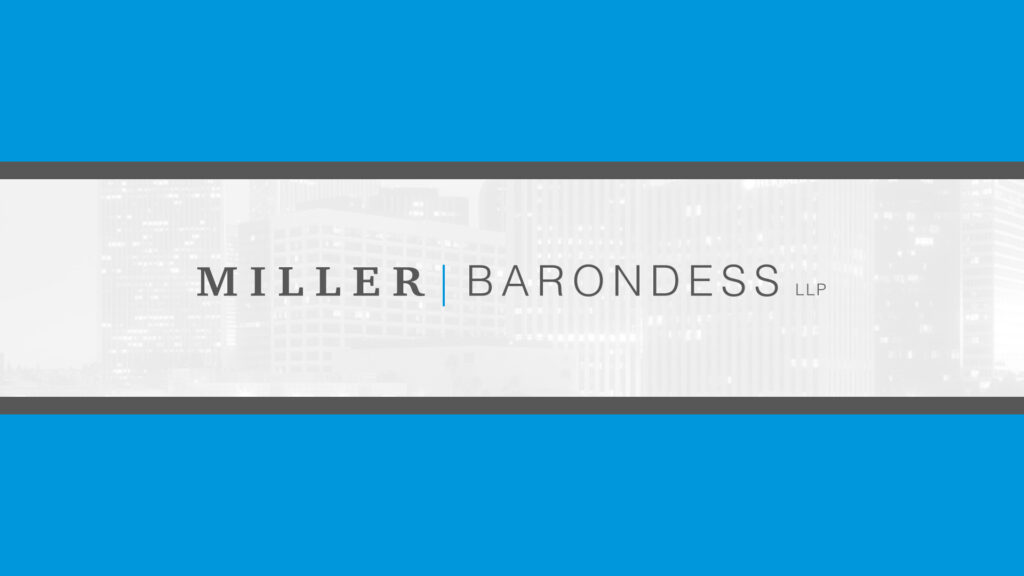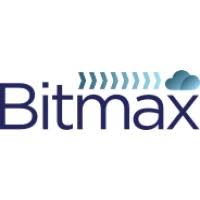1033 Exchange Helps Fire and Disaster Victims Protect Wealth
The 1033 Exchange is A Critical Tool for Fire Victims and Other Unexpected Property Losses
Learn key differences from a 1031 exchange and help clients preserve wealth after sudden losses.
Understand how a 1033 exchange safeguards equity and extends timelines for victims of wildfires and other unexpected events.

Understanding the 1033 Exchange
A 1033 exchange is a powerful tax provision that allows property owners to defer capital gains taxes when their property is “involuntarily converted” per the Internal Revenue Service. An involuntary conversion occurs when your property is destroyed, stolen, condemned, or disposed of under the threat of condemnation and you receive other property or money in payment, such as insurance or a condemnation award. Involuntary conversions are also called involuntary exchanges. This means they can reinvest the insurance or government proceeds from a lost property into a replacement property without an immediate tax burden. It is a vital tool for helping clients maintain their financial portfolios during an unforeseen event.
Qualifying Involuntary Events
A 1033 exchange can only be used for an “involuntary conversion” of property. This includes:
-
Destruction from a natural disaster, such as a fire, flood, or earthquake.
-
Theft of property.
-
Condemnation or the threat of condemnation by a government entity.
How the Exchange Process and Timeline Work
The process of a 1031 exchange begins before the investment property is sold. It is crucial that the exchanger works with a Qualified Intermediary (QI), or Accommodator, before closing on the sale. The QI holds the sales proceeds in an escrow or trust account to ensure the exchanger does not take constructive receipt of the funds, which would terminate the exchange.
- 45-Day Identification Period: Starting from the date the relinquished property is sold, the exchanger has 45 days to identify potential replacement properties in writing with their QI. Once this period expires, the identified properties are the only ones eligible for the exchange.
- 180-Day Exchange Period: The replacement property must be received, and the exchange completed, by the earlier of 180 days after the transfer of the relinquished property or the due date of the income tax return (including extensions) for that year.
Key Differences from a 1031 Exchange
For your clients, especially those affected by the wildfires, a 1033 exchange offers significant advantages over its more common cousin, the 1031 exchange:
-
Property Type: A 1033 exchange can be applied to both personal residences and commercial/investment properties. A 1031 exchange is limited to investment and business properties.
-
Timeline: For properties lost in a Presidentially declared natural disaster, such as the 2025 California wildfires, the replacement period is extended to four years from the end of the tax year in which the loss occurred. This is much longer than the 180-day deadline for a 1031 exchange, giving clients more time to make decisions.
-
Identification: Unlike a 1031 exchange, there is no strict 45-day identification period for a replacement property.
-
Qualified Intermediary (QI): No QI is required for a 1033 exchange. The property owner can handle the transaction directly.
-
Equity and Debt: In a 1033 exchange, there is no requirement to replace debt or equity. As long as the replacement property’s value equals or exceeds the original’s value, any leftover equity is tax-free.
Important Considerations for Clients
- Tax Deferral: Clients can defer capital gains taxes, including long-term capital gains, depreciation recapture, and state taxes, on insurance proceeds from their destroyed property.
- Primary Residence: For a primary residence lost in a federally declared disaster, the property owner may be able to exclude up to $250,000 of gain under IRC Section 121, in addition to the 1033 tax deferral.
- Filing: To get the tax deferral, the property owner must elect 1033 treatment on their tax return for the year the gain is realized. Failure to do so before reinvesting is a common mistake that can result in the entire gain being taxable.
- Documentation: Clients should gather all relevant documentation, including fire department reports, insurance correspondence, and any legal documents related to the involuntary conversion.


































































